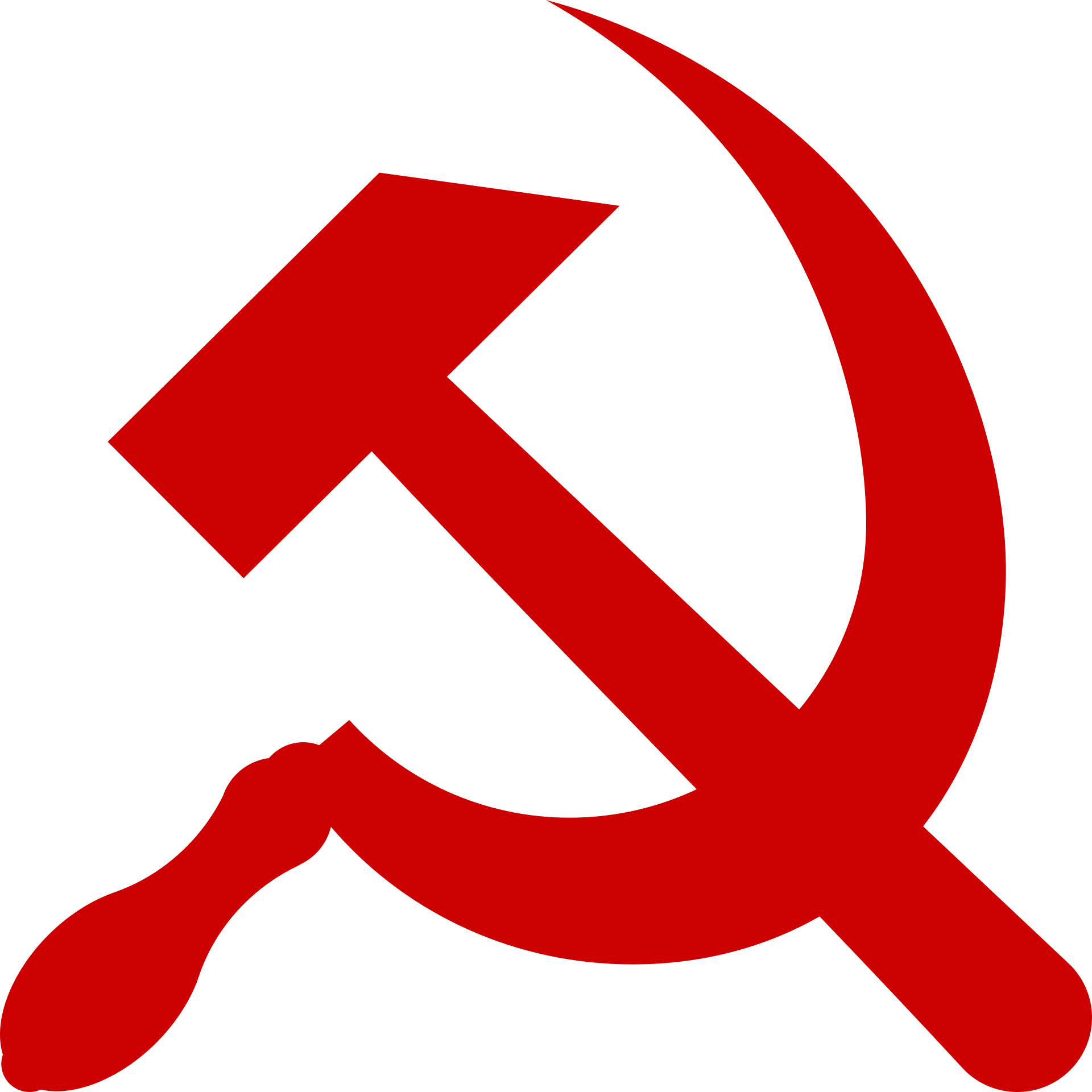Russia went from a backwards agrarian society where people travelled by horse and carriage to being the first in space in the span of 40 years. Russia showed incredible growth after the revolution that surpassed the rest of the world:
- https://wid.world/document/soviets-oligarchs-inequality-property-russia-1905-2016/
- https://wid.world/document/appendix-soviets-oligarchs-inequality-property-russia-1905-2016-wid-world-working-paper-201710/
USSR provided free education to all citizens resulting in literacy rising from 33% to 99.9%:
- http://www.revolutionarydemocracy.org/archive/PubEdUSSR.htm
- http://www.revolutionarydemocracy.org/archive/anglosov.htm
- http://unesdoc.unesco.org/images/0000/000013/001300eo.pdf
- https://en.wikipedia.org/wiki/Likbez
USSR doubled life expectancy in just 20 years. A newborn child in 1926-27 had a life expectancy of 44.4 years, up from 32.3 years thirty years before. In 1958-59 the life expectancy for newborns went up to 68.6 years. the Semashko system of the USSR increased lifespan by 50% in 20 years. By the 1960’s, lifespans in the USSR were comparable to those in the USA:
Quality of nutrition improved after the Soviet revolution, and the last time USSR had a famine was in 1940s. CIA data suggests they ate just as much as Americans after WW2 period while having better nutrition:
USSR moved from 58.5-hour work weeks to 41.6 hour work weeks (-0.36 h/yr) between 1913 and 1960:
USSR averaged 22 days of paid leave in 1986 while USA averaged 7.6 in 1996:
- https://www.ilo.org/public/libdoc/ilo/1994/94B09_66_englp2.pdf
- https://www.bls.gov/news.release/ebs.t05.htm
In 1987, people in the USSR could retire with pension at 55 (female) and 60 (male) while receiving 50% of their wages at a at minimum. Meanwhile, in USA the average retirement age was 62-67 and the average (not median) retiree household in the USA could expect $48k/yr which comes out to 65% of the 74k average (not median) household income in 2016:
- https://www.ilo.org/public/libdoc/ilo/1994/94B09_66_englp2.pdf
- https://www.cbsnews.com/news/could-you-get-by-on-the-average-americans-retirement-income/
GDP took off after socialism was established and then collapsed with the reintroduction of capitalism:
The Soviet Union had the highest physician/patient ratio in the world. USSR had 42 doctors per 10,000 population compared to 24 in Denmark and Sweden, and 19 in US:
-
http://www.sciencedirect.com/science/article/pii/0735675784900482 (sci-hub for access)
-
USSR defeated a smallpox epidemic in a matter of 19 days https://www.rbth.com/history/331857-how-ussr-defeated-black-smallpox
-
The Social Consequences of Soviet Immunization Policies https://www.ucis.pitt.edu/nceeer/1997-812-03g-Hoch.pdf
But what about innovation?
USSR produced many firsts in the realm of science and technology:
- 1957: First intercontinental ballistic missile R-7 Semyorka
- 1957: First orbiting satellite, Sputnik 1
- 1957: First nuclear powered icebreaker “Lenin” weighing in at 19,240 tons of steel
- 1958: First Tokamak thermonuclear experimental system
- 1961: First person to enter orbit around the Earth, Yuri Gagarin in Vostok 1
- 1963: first mobile cellular system (Altai)
- 1963: First woman in space, Valentina Tereshkova, Vostok 6
- 1970: First mobile robot, Lunokhod 1
- 1970: First data sent by a probe from another planet (Venus), Venera 7
- 1971: First space station, Salyut 1
- 1986: First permanent space station
Academic studies on USSR
Professor of Economic History, Robert C. Allen, concludes in his study without the 1917 revolution is directly responsible for rapid growth that made the achievements listed above possilbe:
Study demonstrating the steady increase in quality of life during the Soviet period (including under Stalin). Includes the fact that Soviet life expectancy grew faster than any other nation recorded at the time:
A large study using world bank data analyzing the quality of life in Capitalist vs Socialist countries and finds overwhelmingly at similar levels of development with socialism bringing better quality of life:
This study compared capitalist and socialist countries in measures of the physical quality of life (PQL), taking into account the level of economic development.
Public opinion
Finally, let’s take a look at how people who lived under communism feel now that they got a taste of capitalism?
The Free market paradise goes East chapters in Blackshirts and Reds details some more results of the transition to capitalism.


Just a side comment: 'Tis praxis to cite sources. Thanks comrade